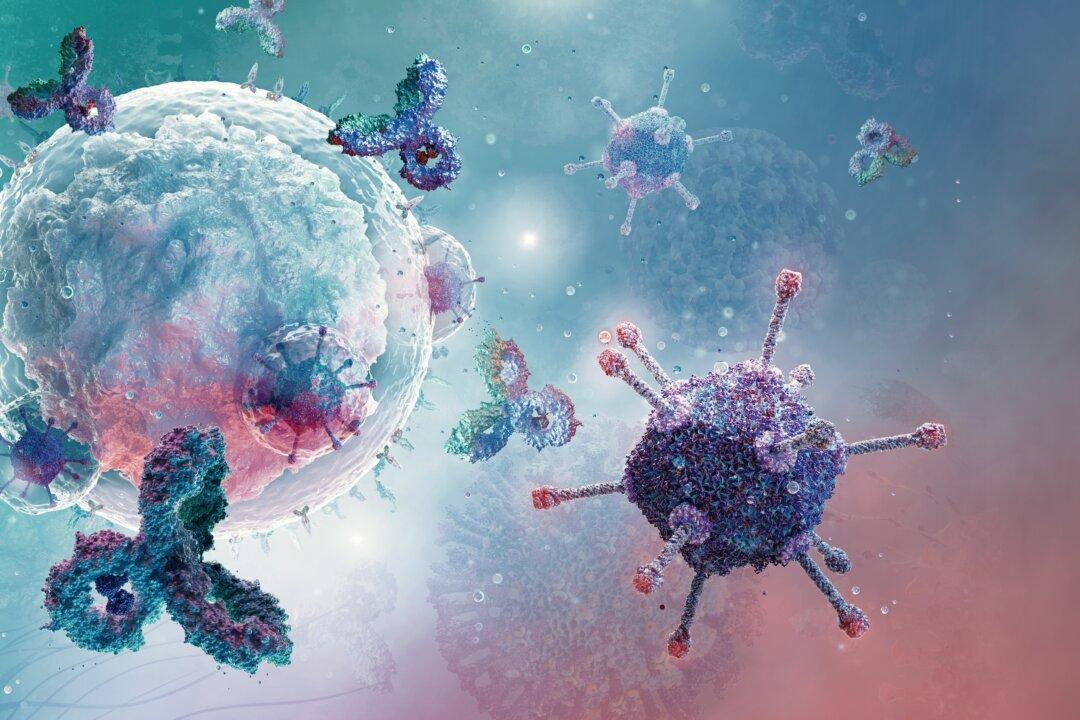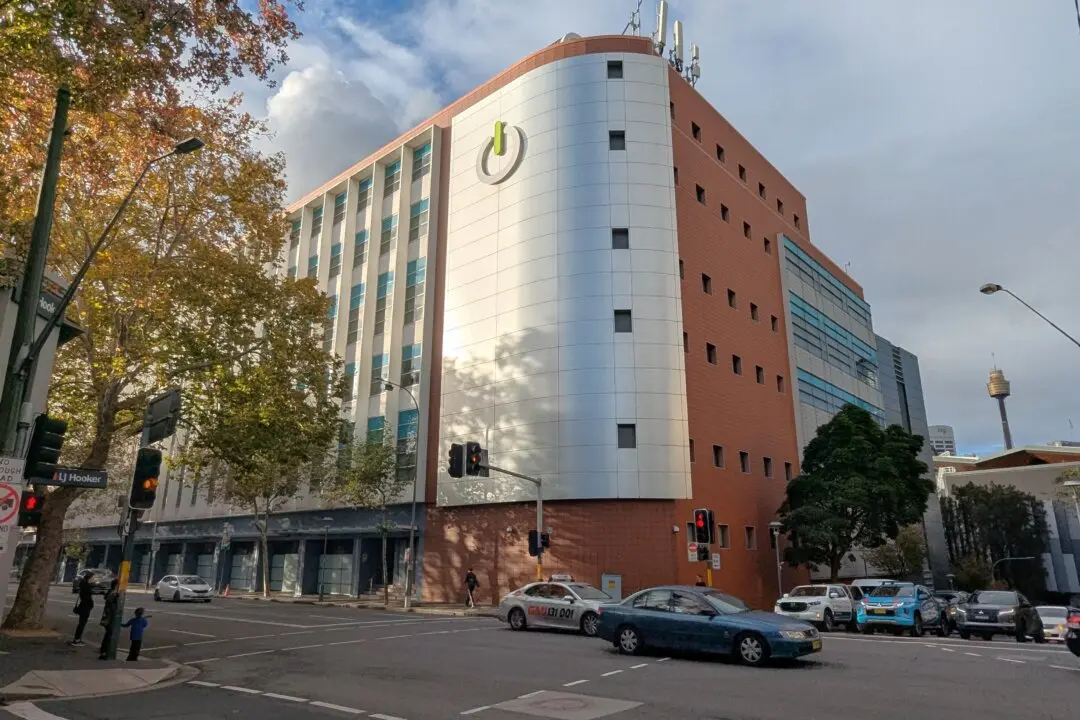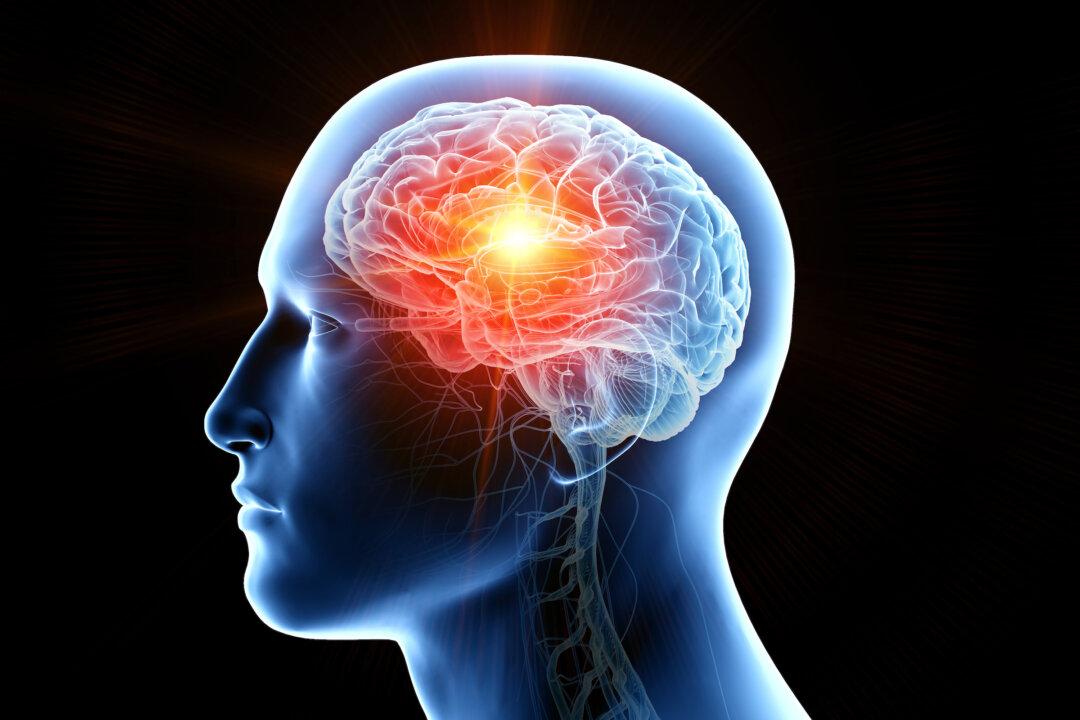Australian scientists have discovered the structure of a molecule that restrains the immune system’s ability to target cancer cells.
The structure, known as the LAG-3/HLA-II complex, was discovered by Monash University researchers and is the first study to show its crystal structure.




